Just as Tesla CEO Elon Musk wants to electrify the personal automobile, his former finance director, Ryan Popple, has set out to do the same to the transit bus.
Popple, 39, revamped Proterra, a South Carolina company, focusing it on building electric buses. Sales more than doubled from 2015 to 2016, with expectations of revenues tripling in 2017, Popple said.
• Photos: Electric buses are built at Proterra's new City of Industry plant
To keep up with demand and at the same time add local manufacturing jobs, Proterra recently moved into an old lighting fixtures plant in the City of Industry where it is building battery-powered electric buses that can go up to 350 miles on a single charge.
"We hope we have as big an impact on transit as Tesla has had on the light-duty vehicle sector," Popple said, referring to Tesla's electric automobiles that travel 240 miles or more between charges.
Others companies, such as BYD, a Chinese electric-bus maker in Lancaster, as well as Canadian-based New Flyer Industries and Riverside's Complete Coach Works, which guts old diesel buses and turns them into electric, are revolutionizing the transit bus industry in California, the United States and the world.
Will Metro go electric?
The next month or so could determine the future of electric buses in Southern California.
That's because many of these companies are competing for a huge contract from the Los Angeles County Metropolitan Transportation Authority to buy electric buses. Metro needs to make a decision by May whether to change its order of 1,000 compressed natural gas buses to zero-emission electric buses.
With 2,200 buses in its fleet, Metro is the largest bus agency west of the Mississippi. A switch to electric buses would clean the air of nitrogen oxides, a component of LA smog and help the state reduce its load of greenhouse gases, such as carbon dioxide, which contributes to global climate change.
But the cost of a 40-foot electric bus from Proterra is reportedly about $775,000. The latest version low-nitrogen oxide CNG bus cost about $525,000.
John Drayton, Metro's director of vehicle technology and bus procurements, is in negotiations with several companies answering Metro's call for 1,000 new buses. Of the total, Metro is planning on buying 200, or about 20 percent electric buses, while the rest will be CNG buses, he indicated.
Metro wants to test-run electric buses on the Orange Line in the San Fernando Valley and the Silver Line, which goes from El Monte to downtown Los Angeles and San Pedro, he said. Each line could get about 45 electric buses to replace CNG buses, he said.
Advertisement
"We would hate to see L.A. Metro lock in 800 CNG buses. That might not feel good five or six years from now," said Popple.
Some lines may be electrified
Drayton said lines that operate 14 to 16 hours on the uncontrolled streets of Los Angeles may not be a good fit at this time for electric buses. Instead, Metro wants to see how electric buses perform on controlled routes.
"We are actively moving forward with next generation CNG and electric buses. We are going forward with a plan that has the most air quality benefit for the least dollars," Drayton said.
Taking what some call a prudent approach is in stark contrast to other transit agencies, which are diving head first into battery-electric buses.
Seattle, Foothill Transit converting
For example, King County Metro in Seattle released a report last week saying it can run a 100 percent electric bus fleet by 2034 for only minimal cost increases. With 1,400 buses on the roads — many of them electric trolley buses — it is the second-largest transit agency on the West Coast. The agency announced it will buy 120 battery electric buses by 2020 with the first 72 from Proterra, Popple said. After 2020, all new bus purchases will be electric.
"They are extremely bullish about electric vehicles. Their report said assuming a 150-mile range per bus and today's battery technology can handle about 70 percent of their routes," said Jimmy O'Dea, vehicles analyst with the Union of Concerned Scientists in Oakland.
Foothill Transit runs 360 buses in the San Gabriel Valley and downtown Los Angeles, of which 17 are electric and mostly run on Line 291 from La Verne to Pomona. Foothill has announced a goal of reaching 100 percent electric buses by 2030. It is in the process of purchasing 17 of Proterra's Catalyst E2 models, said Felicia Friesema, Foothill Transit spokesperson.
The new Proterra buses will begin arriving in June. "By the end of October, about 10 percent of our fleet will be electric," she said.
Popple said Foothill has ordered the models with enough battery packs to last 175 to 220 miles per charge. "Most of their routes are less than 200 miles," Popple said.
Is technology ready?
Drayton said he had not analyzed Seattle's plans. "From a technology standpoint it is aggressive and premature to make broad pronouncements to commit to one technology over another," he said.
He dismissed Proterra's claims of 350 miles per charge as optimal, saying in reality the bus would most likely see 200 miles per charge.
Popple said the higher range is available in models with a greater cluster of battery packs.
"We haven't seen that design. I haven't had time to jump into analysis (of Seattle Metro's plans)," he said.
Drayton said smaller, suburban transit agencies such as Foothill can't compare to Metro's mostly urban bus routes with more demands and heavier use.
"Our limited experience with battery technology is very poor," he said, referring to five 2014 model BYD buses on the Orange Line that failed to climb hills and needed re-charging more frequently than planned. Yet, Drayton said Metro is ordering five newer model BYD buses and said battery technology has greatly improved in the last few years.
"Proterra is getting as close as anyone to getting a bus to run all our routes," he said. Drayton said he could not comment on the specifics of the negotiations.
Popple said Metro's offer to buy new buses is one of 38 "requests for proposals" Proterra is bidding on in North America. It already does business in 36 U.S. cities, he said. The company recently shipped its 100th electric bus.
Groups pressure LA Metro
In L.A. County, adding 200 electric buses would be a start, both for improving the environment and adding good-paying local jobs, said Erika Patterson of the group Jobs To Move America, part of a coalition pushing Metro to transition to all-electric buses by 2030. The groups, which includes the Sierra Club, Food and Water Watch and Earthjustice, don't want Metro to lock up nearly half its bus fleet with relatively dirtier CNG buses when electric bus companies are putting out new or improved models every year.
Todd Campbell, vice president of public policy and regulatory affairs with Clean Energy Fuels, a natural gas trade group, said the newest CNG bus reduces nitrogen oxide emissions by 90 percent compared with the 2010 U.S. Environmental Protection Agency heavy duty engine standard.
"It is the cleanest combustion engine in the world," he said.
In addition, Campbell said the industry is producing natural gas from landfills, sewage treatment plants and dairy farms, all places where natural gas, or methane, is emitted. But instead of flaring it or releasing it into the atmosphere as a greenhouse gas, Clean Fuels have begun pumping what they call renewable natural gas through its pipelines.
The combination of renewable fuel made from decaying garbage or cow dung with the low-nitrogen oxide CNG buses makes them as clean or cleaner than electric buses for both smog-causing emissions and greenhouse gases, he said.
O'Dea says Clean Energy Fuels cherry-picked its data. The Union of Concerned Scientists study says a CNG bus with renewable fuel releases 1.8 grams of total emissions per mile. An electric bus releases 0.9 grams per mile. The study looks at tailpipe emissions and upstream pollution that comes from making and delivering the fuel.
"Overall, the upstream emissions are still the major component but for electric buses, the grid is getting cleaner," O'Dea said. Twenty-five percent of California's electricity grid is from renewable energy. The state is committed to 50 percent renewables by 2030, with zero energy from carbon by 2026, O'Dea said.
Methane leaks a problem
Popple warns that if the Trump administration makes good on a plan to no longer regulate methane leakage, such as the gas leak from Southern California Gas Co.'s Aliso Canyon storage site in Porter Ranch, that could result in more methane released into the atmosphere before it gets burned in an engine.
Methane is 34 times more potent as a greenhouse gas than carbon dioxide over 100 years, and 86 times more potent over a 20-year time frame, O'Dea said.
"So, the impact on natural gas vehicles on the climate may get worse and not better," Popple said.
Rapid conversions in the future
Popple predicts that by 2025, every transit agency in the United States and many in Europe and Asia will convert to all-electric buses. France, England, India and China are already doing so, with China at nearly 50 percent electric today, he said.
"Our country has an uncertain future if we don't transition well to this next technology," Popple said. "If we don't master this technology we will import this technology."
Source:
The 'Tesla of bus makers' arrives in Southern California, as Metro considers buying electric buses


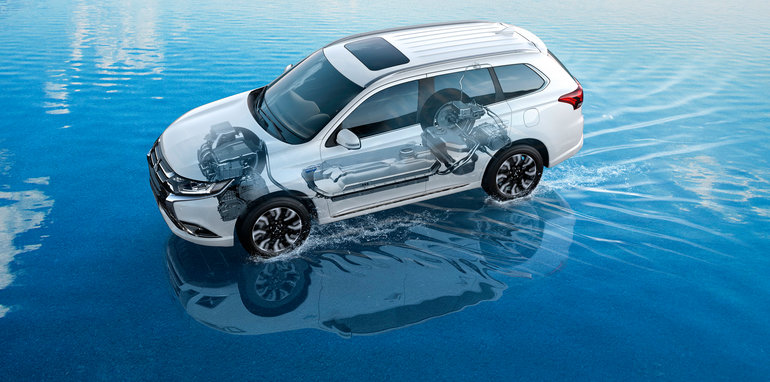

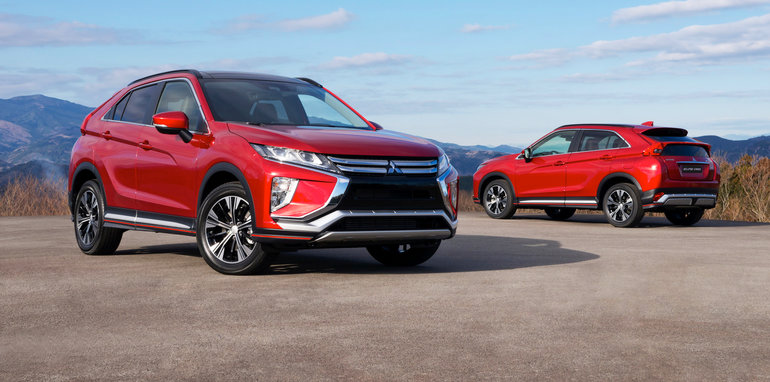
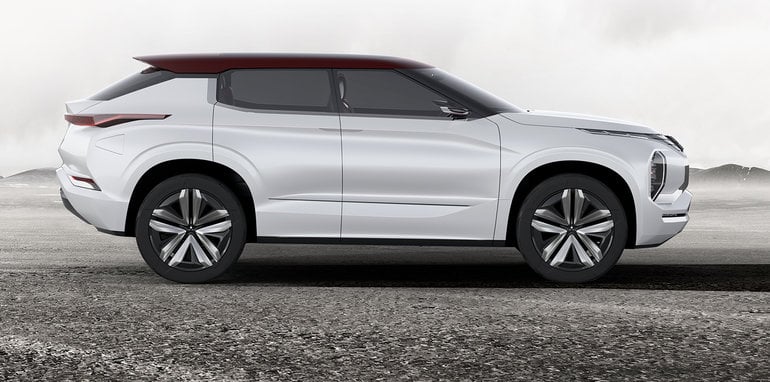
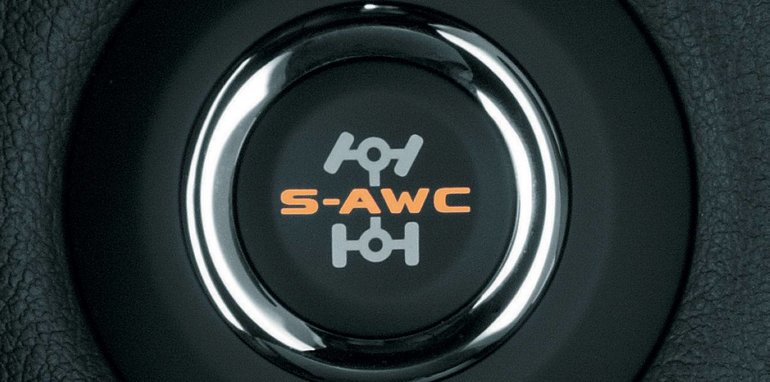



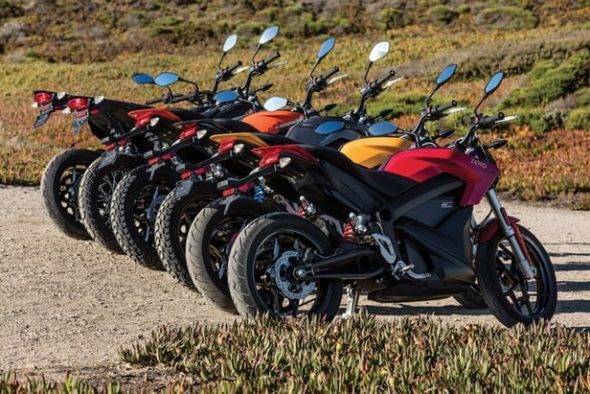

 The 2018 Focus Electric in outrageous green metallic. — Ford Motor Company/AFP picCHICAGO, March 18 — Just in time for Saint Patrick's Day Ford is rolling out an outrageous green metallic colour option for the 2018 Focus Electric.
The 2018 Focus Electric in outrageous green metallic. — Ford Motor Company/AFP picCHICAGO, March 18 — Just in time for Saint Patrick's Day Ford is rolling out an outrageous green metallic colour option for the 2018 Focus Electric.















